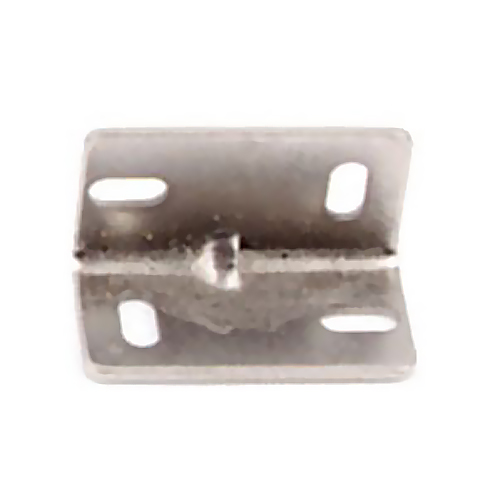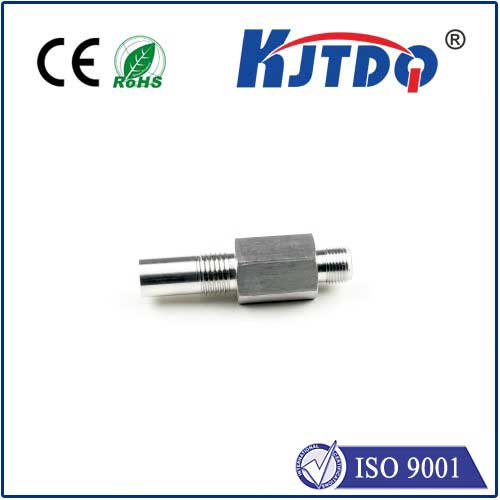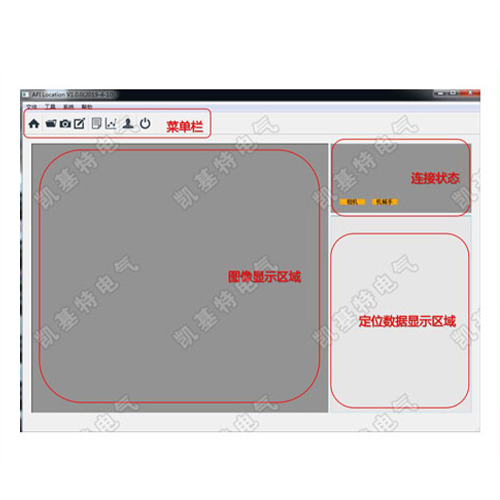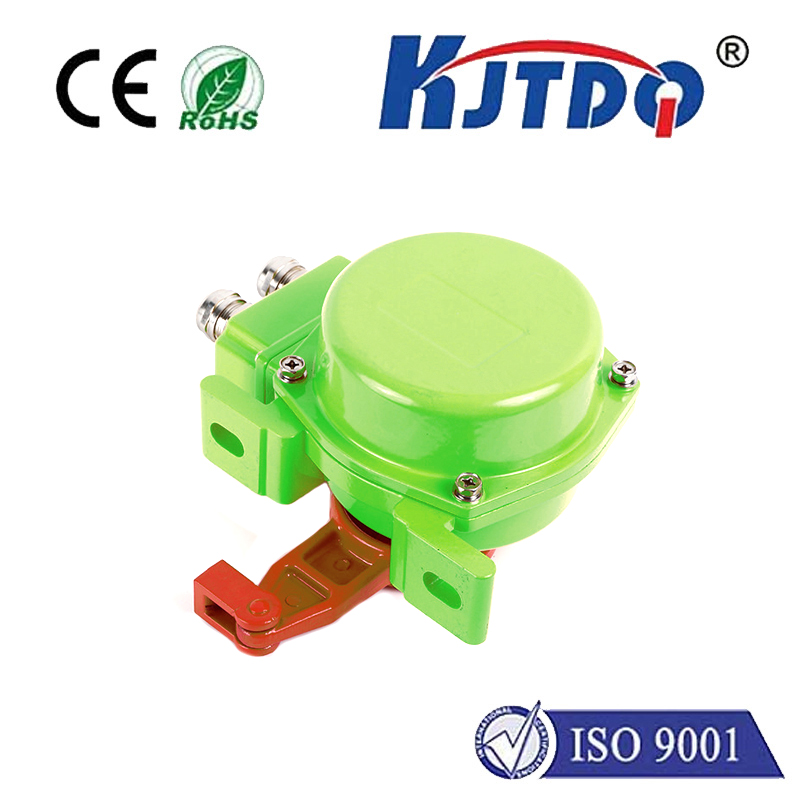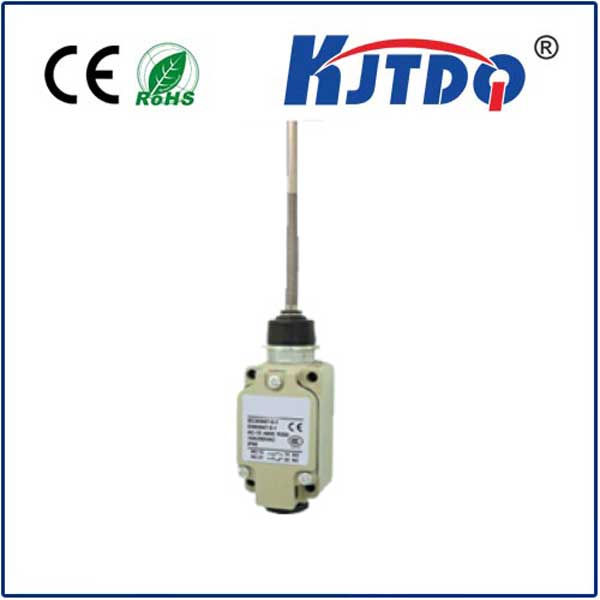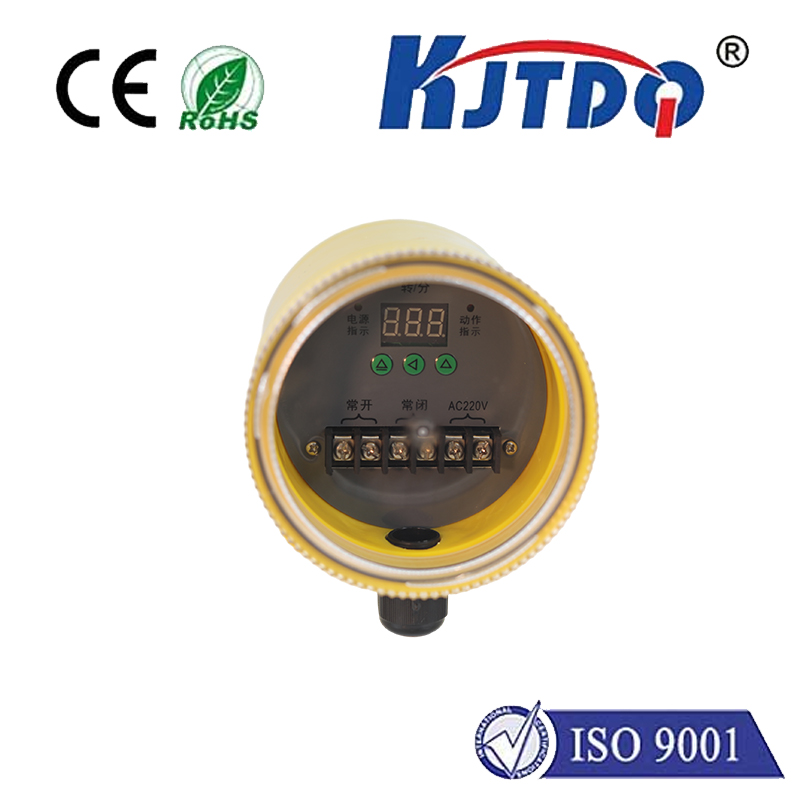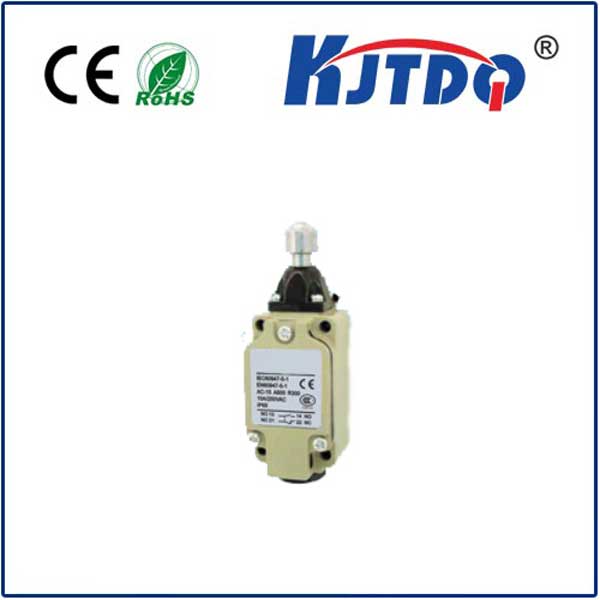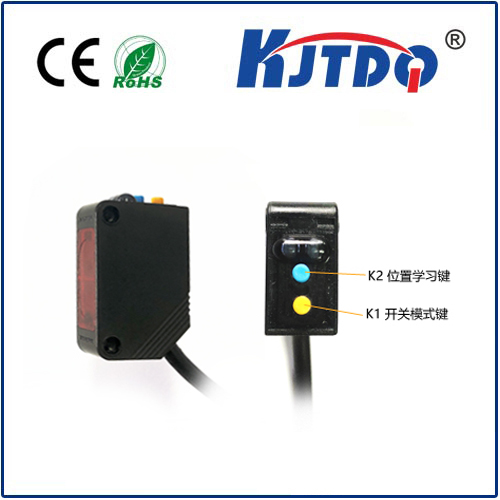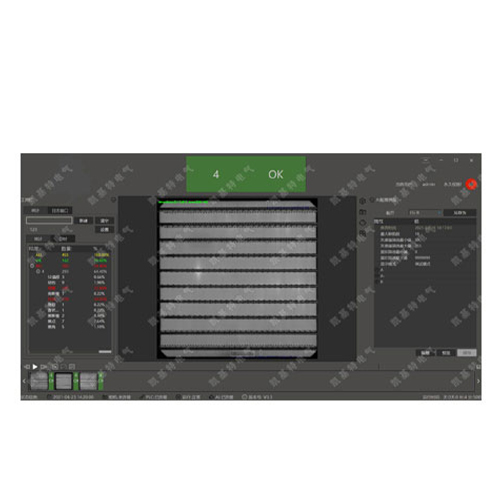

check

check

check

check
Title: Geared Rotary Limit Switch: A Comprehensive Guide
Introduction:
The geared rotary limit switch is a versatile and reliable device that plays a crucial role in various industrial and automation applications. This article aims to provide an in-depth understanding of geared rotary limit switches, their working principle, installation, and usage.
Section 1: What is a Geared Rotary Limit Switch?
A geared rotary limit switch is a type of sensor that detects the rotation of a shaft or gear. It consists of a movable part (rotor) that rotates within a fixed cone-shaped housing or shell. The housing has two or more slots or teeth that align with the rotor's movement. When the rotor approaches these slots or teeth, it creates a positive contact between them, which triggers an electrical or mechanical signal. This signal can be used as an input for controlling processes or devices.
Section 2: Working Principle of Geared Rotary Limit Switches
The working principle of geared rotary limit switches involves several essential components:
1. Rotor: This is the movable part of the switch that rotates within the housing. It can be made of various materials such as plastic, metal, or ceramic.
2. Cone-shaped Housing or Shell: This is the stationary part of the switch that contains the slots or teeth aligned with the rotor's movement. The housing can have different shapes and sizes depending on the application.
3. Spring: A spring is used to store energy and assist in moving the rotor towards the housing. It helps to reduce friction and improve accuracy.
When the rotor rotates, it encounters the teeth of the housing. Depending on the direction of rotation, the rotor may hit either one or multiple teeth simultaneously. When this happens, it creates a positive contact between the rotor and the housing, which triggers a signal. The signal can be a physical push button or an electronic signal that can be processed by a control system.
Section 3: Installation of Geared Rotary Limit Switches
The installation process of geared rotary limit switches involves several steps:
1. Choose the right position for the switch: Select a location where the switch will be exposed to minimal interference and vibration. This will ensure accurate detection of rotations.
2. Mount the switch onto the shaft: Securely mount the switch onto the shaft using screws or other fasteners provided with the product. Make sure that the mounting surface is clean and dry to avoid any damage to the switch.
3. Test the switch: Turn on the power supply and test the switch to ensure that it operates correctly. If not, check for any loose connections or faulty components.
Section 4: Applications of Geared Rotary Limit Switches
Geared rotary limit switches have numerous applications in various industries, including:
1. Industrial Automation: They are commonly used in factory automation systems, machine vision systems, and robotics applications to detect motion and position changes.
2. Transportation: They are used in automotive safety systems, aircraft navigation systems, and ship navigation systems to detect collisions and prevent accidents.
3. Medical Equipment: They are used in surgical instruments, medical imaging devices, and diagnostic equipment to detect motion and position changes during procedures.
Conclusion:
In conclusion, geared rotary limit switches play a crucial role in various industrial and automation applications due to their accuracy, reliability, and versatility. Their working principle involves detecting rotations by aligning the rotor with the teeth of the housing. Proper installation and usage are essential for ensuring optimal performance. With their diverse range of applications, geared rotary limit switches are becoming increasingly popular in modern technology.
